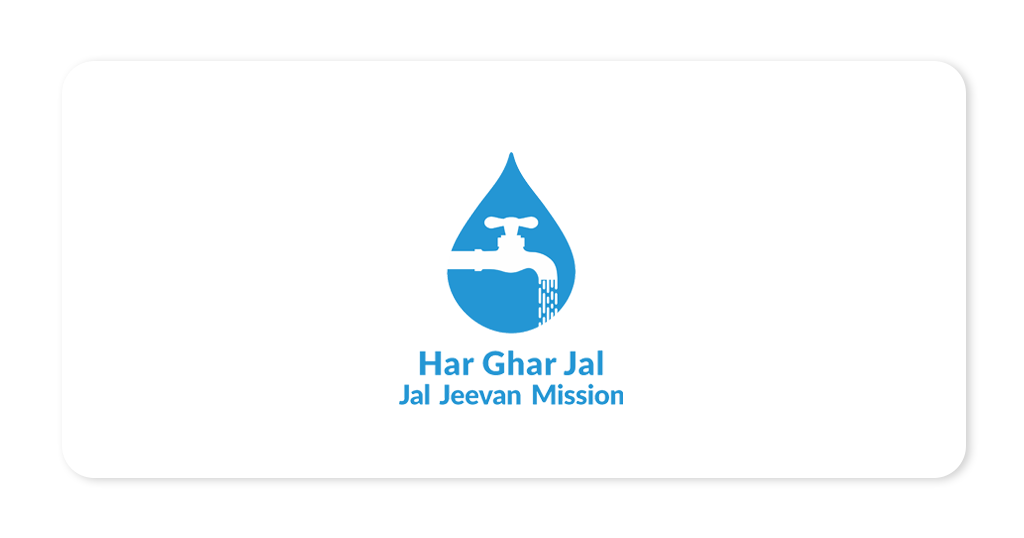
Air quality is a critical component of our everyday lives, one that often goes unnoticed until it becomes a problem. With urbanization, industrialization, and climate change on the rise, understanding and monitoring air quality has become more important than ever. This blog explores the fascinating world of air quality monitoring, delving into the science behind it and the technologies that enable us to breathe clean, healthy air.
Chapter 1: The Basics of Air Quality
Before we dive into the science of monitoring, let's understand the basics of air quality. Air quality refers to the condition of the air we breathe, which is determined by the presence of various pollutants and particulate matter. These pollutants can be natural or man-made and can have serious health and environmental implications. Common air pollutants include:
Chapter 2: Why Monitor Air Quality?
Understanding the need for air quality monitoring is crucial. Poor air quality can lead to a range of health problems, from respiratory issues to cardiovascular diseases and even premature death. Additionally, it can harm ecosystems, damage buildings and infrastructure, and have economic repercussions.
Air quality monitoring serves several essential purposes:
Chapter 3: The Science Behind Air Quality Monitoring
Air quality monitoring involves the systematic collection and analysis of data related to air pollutants. Several scientific principles and technologies drive this process:
Chapter 4: Technologies in Air Quality Monitoring
The field of air quality monitoring has seen remarkable advancements in recent years. Here are some key technologies and methods used in modern air quality monitoring:
Chapter 5: Future Directions
As we move forward, the science of air quality monitoring continues to evolve. Emerging technologies like artificial intelligence, machine learning, and the Internet of Things (IoT) are revolutionizing the field. These advancements promise more accurate and real-time data, better predictive models, and enhanced public awareness.
Conclusion
The science of air quality monitoring is a critical aspect of our ongoing efforts to protect human health and the environment. By understanding the basics of air quality, the importance of monitoring, and the scientific principles and technologies involved, we can appreciate the complexities of this field and the role it plays in our lives. As we continue to advance our knowledge and capabilities in air quality monitoring, we move closer to a world where clean, healthy air is a reality for all.
At Virat Global Lab (A Division of Aseries Envirotek India Pvt. Ltd.), we invite businesses, Industries and institutions across various sectors to explore the benefits of partnering with us for their environmental testing and analytical needs.































